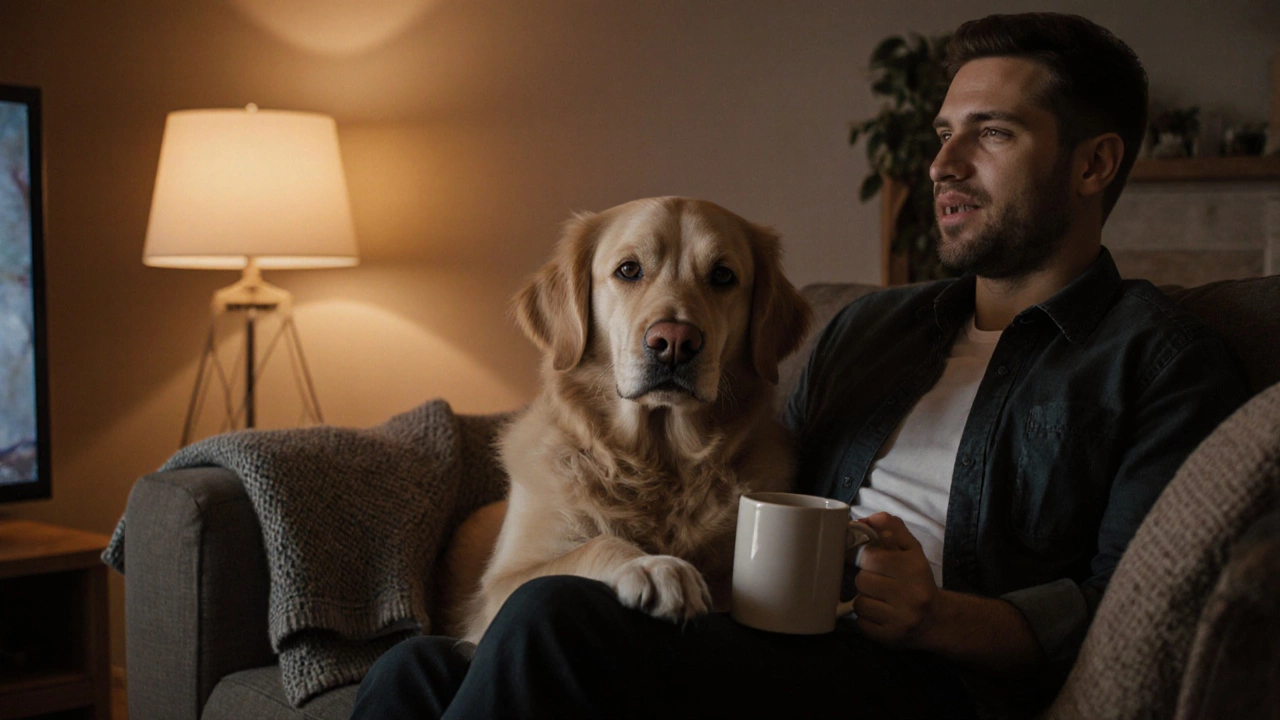Dog Pawing Behavior: Why Dogs Use Their Paws to Communicate
When your dog paws at you, it’s not just a random habit—it’s a form of dog pawing behavior, a common non-verbal signal dogs use to get attention, express needs, or show affection. Also known as dog pawing, this action is one of the clearest ways your dog talks to you without barking. Whether it’s a gentle tap while you’re working or a persistent nudge before dinner, your dog isn’t being stubborn—they’re trying to tell you something.
This behavior ties directly into dog body language, how dogs express emotions and intentions through posture, movement, and touch. Pawing often overlaps with other signals like whining, staring, or leaning against you. It’s not random—it’s learned. Dogs quickly figure out that pawing gets results: you stop what you’re doing, give them a treat, or pet them. That’s positive reinforcement, even if you didn’t mean to reward it. Over time, this becomes their go-to method to ask for food, play, or just to be noticed. If your dog paws more when you’re on your phone or watching TV, they’re not being rude—they’re just using the tool that works.
Not all pawing is the same. Some dogs paw gently, almost like a knock on a door. Others dig or scratch harder, especially if they’re anxious or bored. This is where understanding dog attention seeking, a behavioral pattern where dogs act to gain human interaction becomes key. If your dog only paws when you’re distracted, it’s likely attention seeking. If they paw right before mealtime or when you grab the leash, it’s more about routine and expectation. And sometimes, it’s pure dog affection signals, physical gestures dogs use to bond and show love. Think of it like a human hug—your dog’s way of saying, "I’m here with you."
What you do next matters. Ignoring the pawing can help if it’s about getting treats or play. But if your dog paws because they’re stressed, hurt, or confused, that’s a different story. Look for other signs—restlessness, panting, or avoidance. Sometimes, pawing is a cry for help, not a demand. The best way to respond isn’t always to give in—it’s to understand why they’re doing it in the first place.
In the posts below, you’ll find real-life breakdowns of why dogs paw, how to tell if it’s normal or a problem, and what to do when it gets too much. From puppies learning boundaries to older dogs using it to cope with anxiety, these stories cover the full range. You’ll also see how pawing connects to other behaviors like sleeping next to your bed, reacting to grooming, or even watching TV. It’s all part of the same language—your dog’s way of speaking without words.
Posted By Bryndle Redding On 27 Oct 2025 Comments (0)
Why Does My Dog Put His Paw on Me? Dog Behavior Explained
Why does your dog put his paw on you? It's not always about begging. Learn the real reasons behind this common behavior-from affection and anxiety to pain-and how to respond in ways that strengthen your bond.
READ MORE